Who Wants To Take a Mask Break?
December 15, 2021
The phrase “mask break,” a phrase that would have made no sense a few years ago, is now used in many students’ everyday lives. In order for students and teachers to get a quick 5-10 minute break from wearing their masks, the class ventures outside around the middle of the period. The breaks involve going outside to get some fresh air, and they give students a short time away from their lessons in order to renew focus. This is also often referred to as a “brain break.” The concept of giving students some time away from class isn’t new, but the consistency of them is.
However, some students and teachers wonder whether these brain breaks will stay after the masks go.
According to Mr. Adipietro, the Hastings High School principal, mask breaks give students “an opportunity to just take a break for a few minutes, regroup, get a little bit of fresh air and then get back to work.”
Mr. Hunt, a history teacher, said that he likes mask breaks for two reasons: “It just gives a little break in the middle of class and time to reset. Also, it’s the only time we can see each other without masks. It is nice just to have an opportunity to see people without the masks on.”
On the other hand, Ms. Chalmers, a French teacher, said, “I would like it more if students would tell me that what they actually need is just a quick brain break, if that’s what they need, rather than a mask break as the weather gets colder, because providing a very quick brain break is something that I can do.”
But are these breaks actually beneficial? A 2011 study from the University of Illinois found that taking short breaks increases a person’s productivity. Science Daily wrote an article about the study, stating that when working on a task, without a break, “after a while, you begin to lose your focus and your performance on the task declines.”
I surveyed the students of HHS about their opinions on mask breaks. The majority of students who took the survey (48.5%) said that they get mask breaks 3-4 times over the course of two school days. Only 3% got them 7-8 times, 27.3% said 1-2 times, and 21.2% said 5-6 times.
Students also had mixed emotions about mask breaks. One student stated, “Personally, when I allow my mind to wander after having to focus so much on a certain subject, a few minute[s] break allows my mind to refresh so I can come back stronger,” while another wrote “taking a short break is detrimental to my focus. I get really focused on a topic and being forced to stop and start again breaks my concentration.”
Some students fear that breaks during class will end once masks are no longer required at school. Since the students have grown accustomed to them, many hope that some type of brain break will stay in place.
“I think that after masks are not required, mask breaks will probably be found unnecessary, but I hope the district will see the other advantages to them and continue using it,” a student wrote in the mask break survey.
Mr. Adipietro added, “I just think our students are going through a really tough time now with Covid-19 and coming off of a year when we were almost always remote. This is a way for us to kind of ease our way back into our routine. But otherwise, I think we’re doing a great job.”
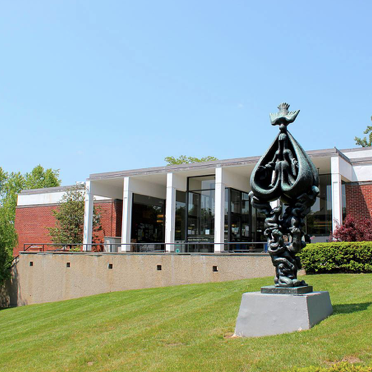

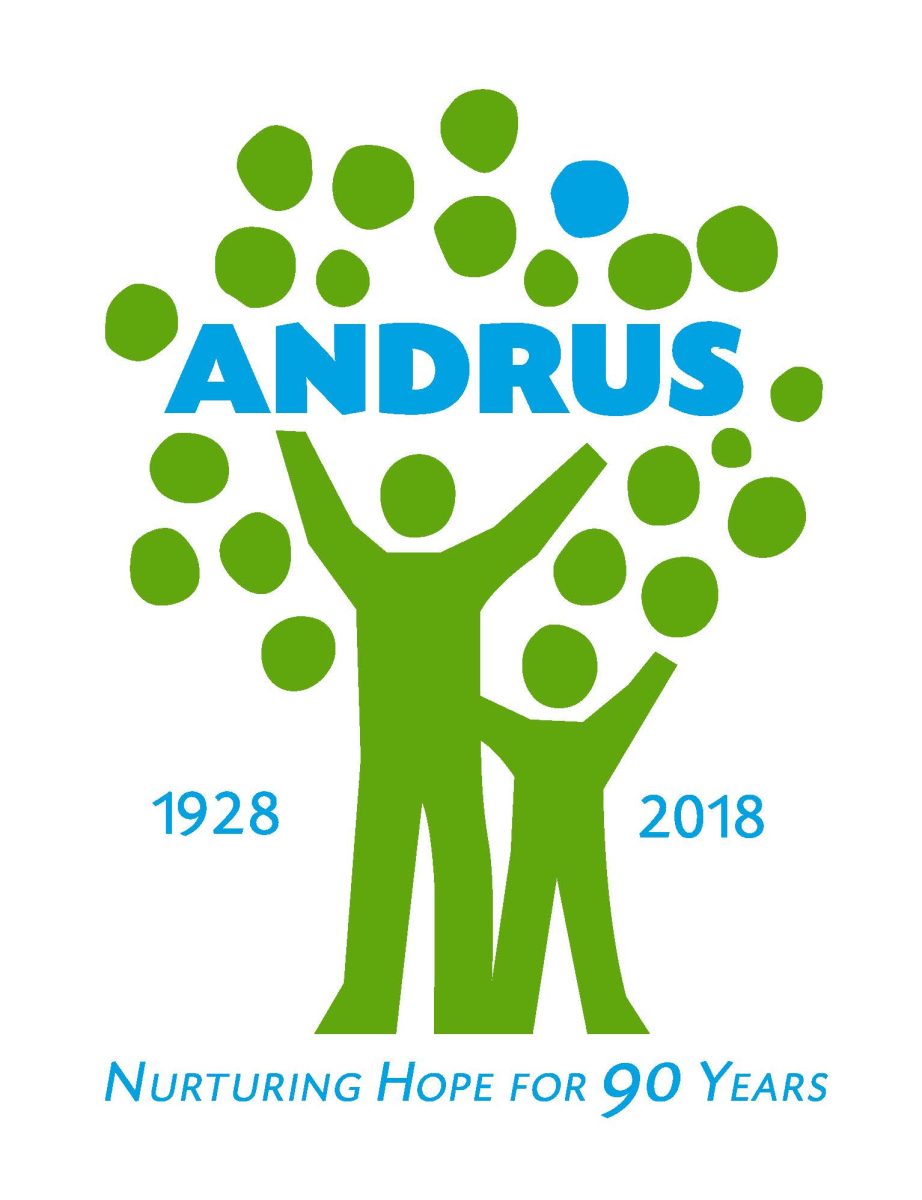

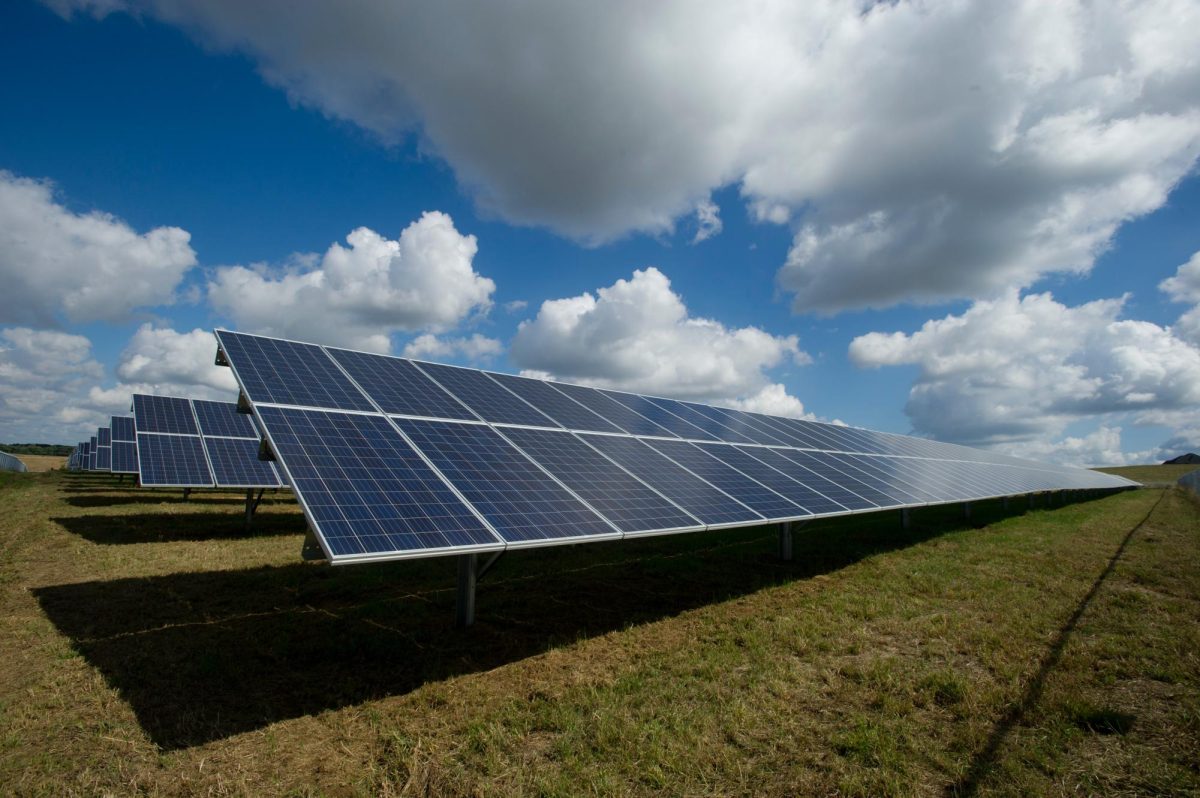

















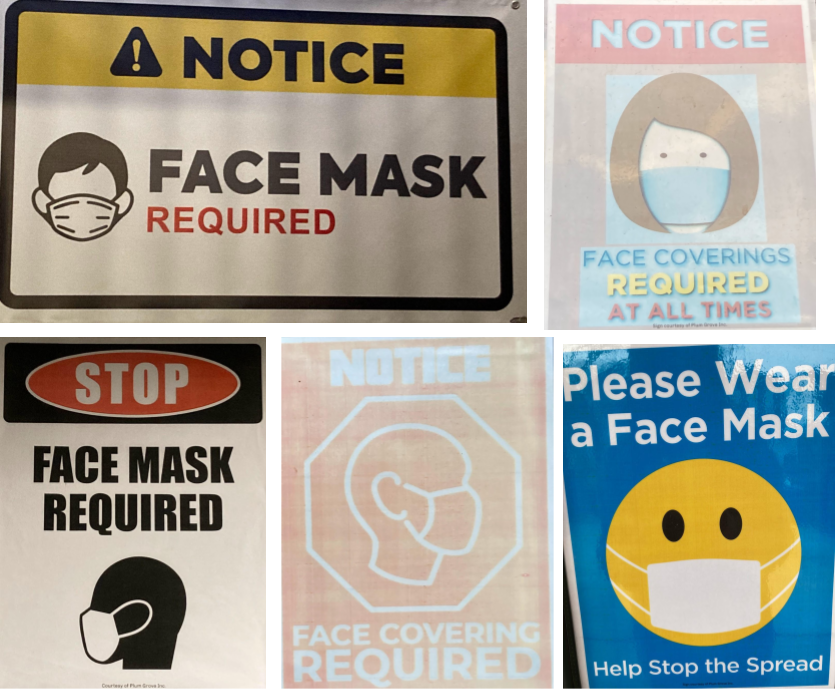

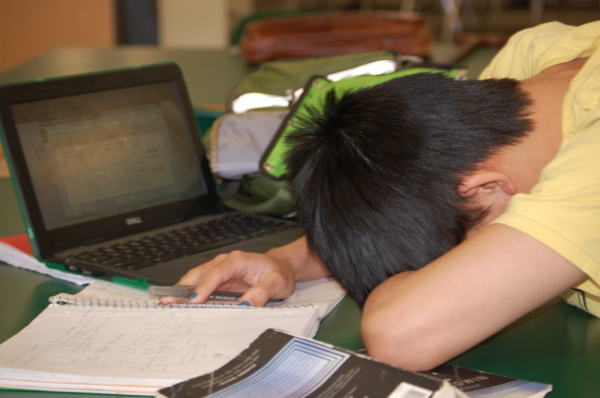

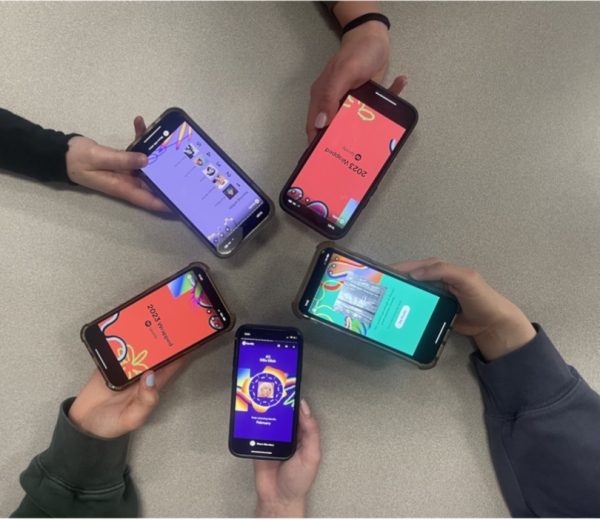
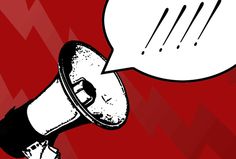
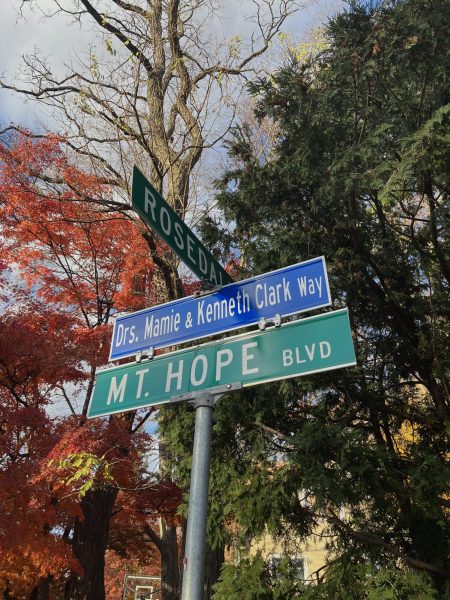

Tyler Levan • Feb 8, 2022 at 9:51 am
I agree that brain breaks are beneficial to not only students but anyone working over long periods of time. I hope the school continues to have brain breaks after the need for masks have passed as they are refreshing regardless if one is wearing a mask.